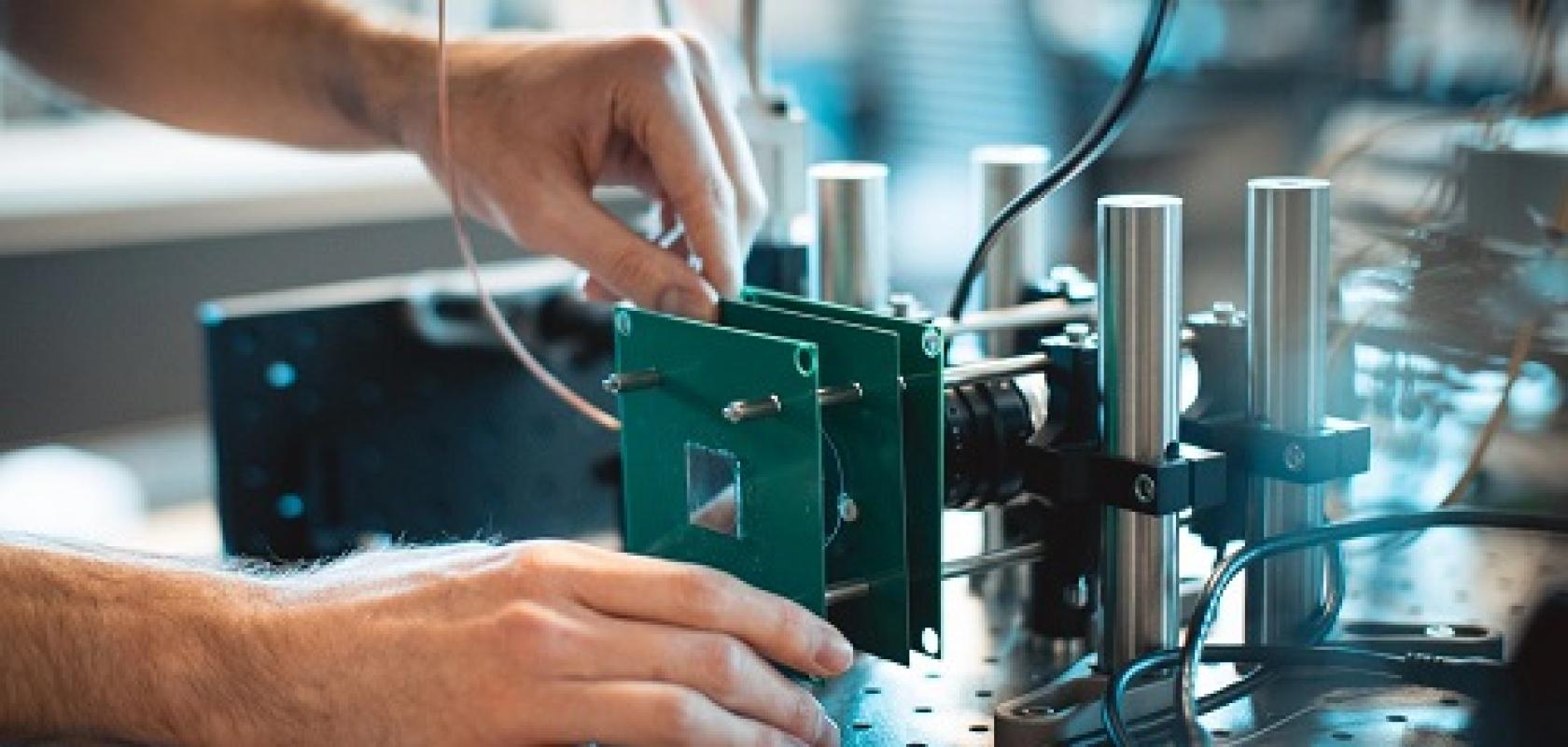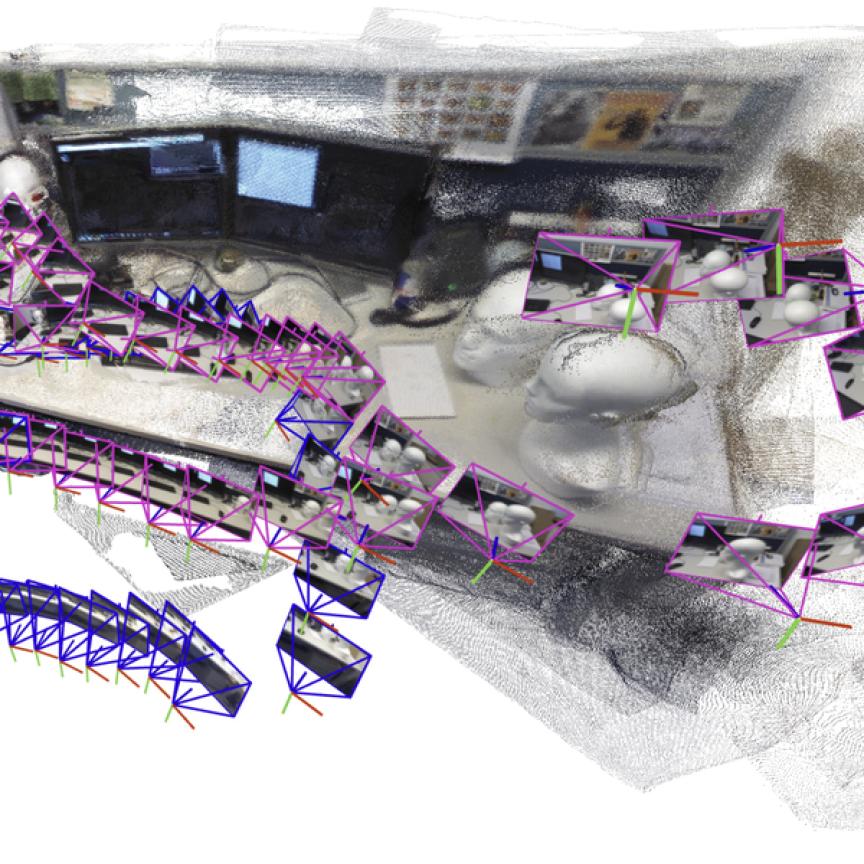Researchers at Stanford University have developed a light modulator that can turn any image sensor into a time-of-flight imager.
The authors of the paper, published in Nature Communications, say the modulator could enable megapixel-resolution lidar at a low cost.
The device can modulate light from visible to near-infrared wavelengths at megahertz frequencies extremely efficiently. Existing modulators can operate at megahertz frequencies, but they require relatively large amounts of power to do so.
The Stanford team’s solution relies on a phenomenon known as acoustic resonance. The acoustic modulator uses a thin wafer of lithium niobate coated with two transparent electrodes.
Lithium niobate is piezoelectric, so when electricity is introduced through the electrodes its crystal lattice vibrates. The piezoelectric effect creates an acoustic wave through the crystal that rotates the polarisation of light in such a tuneable manner.
The rotation is converted into intensity modulation by placing a polarising filter after the modulator - it makes the light brighter and darker, effectively turning the light on and off millions of times a second.
Okan Atalar, a doctoral candidate in electrical engineering at Stanford and the first author on the paper, explained: ‘While there are other ways to turn the light on and off, this acoustic approach is preferable because it is extremely energy efficient.’
The modulator’s design is simple and integrates into a system that uses off-the-shelf cameras. Atalar and advisor Amin Arbabian, associate professor of electrical engineering and the project’s senior author, think it could become the basis for a new type of compact, low-cost, energy-efficient lidar.
The team built a prototype lidar system on a lab bench that used a commercial digital camera as a receptor. The authors report that their prototype captured megapixel-resolution depth maps, while requiring small amounts of power to operate the optical modulator.
With additional refinements, Atalar said the team has since further reduced the energy consumption by at least 10 times that reported in the paper, and they believe further energy reductions are within reach.


